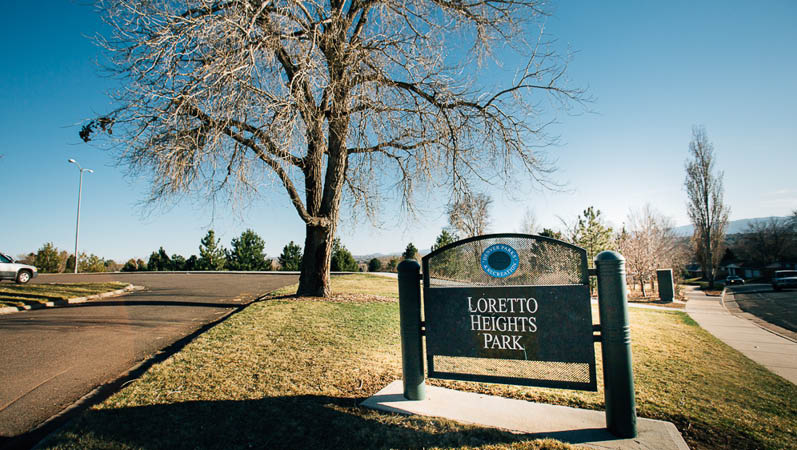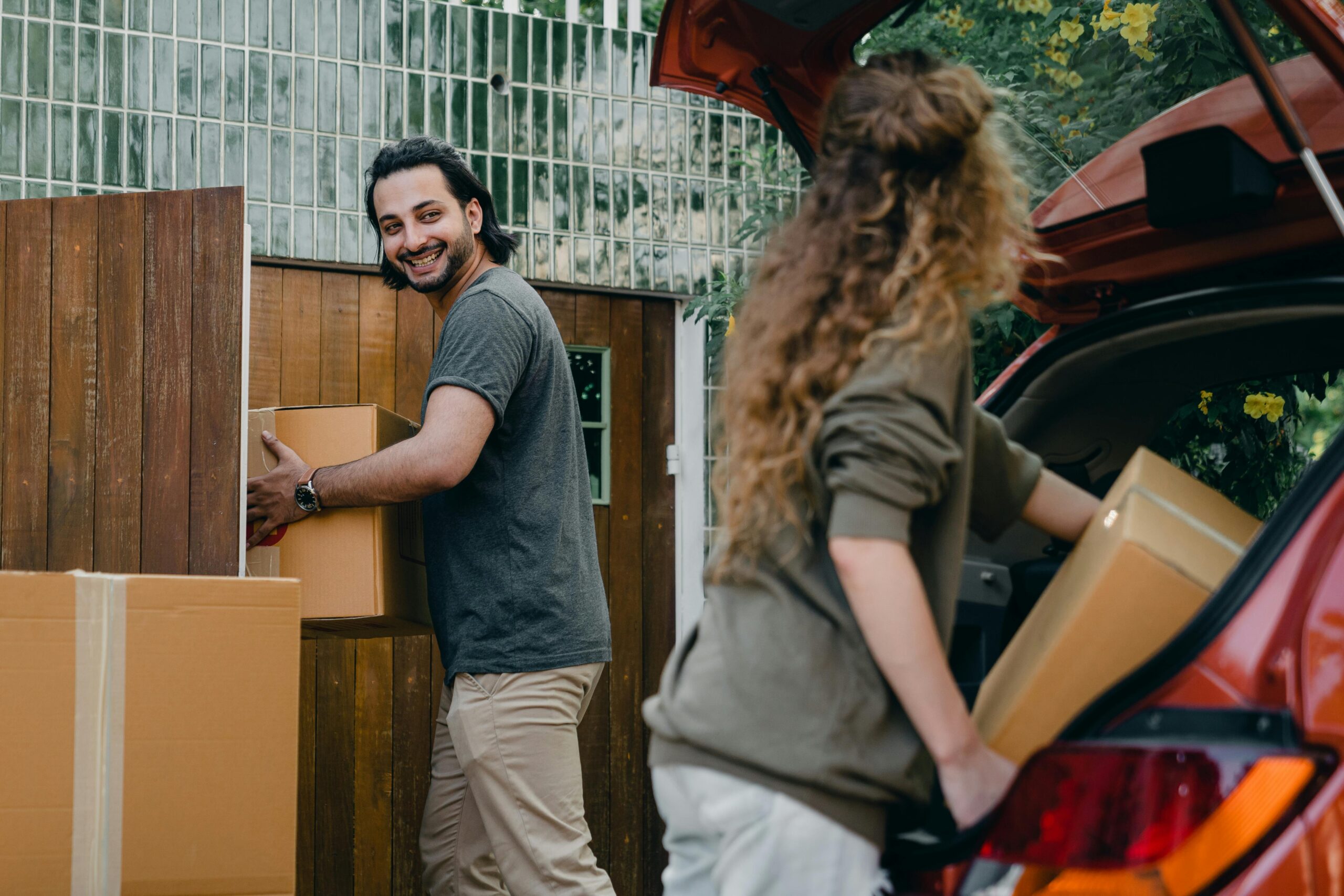What’s New in Denver’s Loretto Heights Neighborhood?
By 2025, southwest Denver’s Harvey Park South neighborhood will have a new centerpiece, created with residents’ input and implemented by Westside Investment Partners. The historic 72-acre Loretto Heights campus, a former site of higher education, will reemerge as a mixed-use development open to all.
Denver City Council moved development forward on September 16 by approving the Loretto Heights Area Plan, which encompasses the campus and more than 200 surrounding acres. Rezoning, formal site plans and development documents will be the next steps in redeveloping the area bounded by South Lowell Boulevard on the west, West Yale Avenue to the North, South Decatur Street to the east, and West Floyd Avenue to the south.
Denver’s Loretto Heights Area Plan: What’s Included?
The area plan describes a mixed-use district with office, commercial and residential buildings of various heights; complete networks for cyclists and pedestrians; and affordable housing throughout the neighborhood. After adding at least 800 housing units, the completed development will be home to roughly 2,500 additional people and will attract about 1,000 visitors during the day.
The Denver Community Planning and Development press release about the plan’s approval describes a goal of “transforming the campus into a regional destination.” The vision includes redevelopment along Federal Boulevard, keeping new buildings in harmony with the existing architecture and preserving the former campus’s integrity and feel. The campus has mostly been gated off to the public for decades, so opening up the area as part of the redevelopment could give the community a new gathering space.
The plan also calls for preserving several historic buildings and sites on the campus, including the Administration Building at 3001 South Federal Avenue, the 1,000-seat May Bonfils Stanton Theater, Machebeuf Hall, the chapel, the library, and the cemetery. Taxpayer funded urban renewal in the form of tax-credit financing could help pay for these projects.
Campus History
The campus has been vacant since the private, not-for-profit Colorado Heights University closed in 2017 because of declining enrollment and loss of accreditation. The campus, constructed after the Kentucky-based Sisters of Loretto nuns purchased the land in 1888, opened in 1891 as a Catholic girls’ boarding elementary and high school called Loretto Heights Academy, which operated until 1941.
In July 1917, women learned valuable service skills, needed during wartime and national disasters. In 1918, the sisters opened Loretto Heights College. The college, notable for its education of teachers and nurses, then operated until 1988. After closing because of falling enrollment, Japan-based Teikyo University Group purchased it for $7 million in 1989.
It became an international business school called Teikyo Loretto Heights University from 1989 to 2009 before rebranding itself as Colorado Heights University (CHU). Denver Public Schools began leasing land from CHU in October 2012 for the Denver School of Science and Technology: College View.
Last summer, Westside Investment Partners, based in Glendale, purchased the property for $15.75 million, the Denver Post reported. The firm, led by principal Mark Witkiewicz, will oversee the project as master developer and will sell parcels to other developers to complete each component of the project.
Plans for Loretto Heights and Harvey Park South
Harvey Park South is a mostly residential neighborhood where two-thirds of the residents are Latino. Two online surveys (offered in both English and Spanish) and four community meetings (one conducted in Spanish) solicited input on the draft plan from that community and from neighboring College View before its adoption.
Stakeholders weighed in on questions such as “What do you like about the Loretto Heights area?” and “What concerns or worries do you have about Loretto Heights?” Steering committee meetings held over the last year also influenced the plan.
In these meetings and surveys, residents overwhelmingly said they liked the area’s parks and open spaces. Also important to them are the area’s history and historic buildings; the campus’s hilltop views of downtown Denver and the Front Range; and the neighborhood views of the Administration Building’s red sandstone bell tower. The six-story Romanesque-style building has been on the National Register of Historic Places since 1975.
About 40 percent of the area plan limits building height to five stories; about 55 percent limits building height to two-and-a-half or three stories. A small part of campus will permit buildings up to eight stories, but only where they don’t interfere with the view.
Redevelopment Concerns
Existing residents worry that redevelopment will bring traffic and parking issues. They stated that the area needs improved walkability and pedestrian safety should be a priority. Concerned stakeholders have also asked whether the developers will be held to the plan’s goals and whether the plan is clear enough on how to achieve those goals. The plan doesn’t get into specifics of how many structures will be built or how much traffic is projected to increase.
Another major issue: About 70 percent of the plan area’s residents are renters. Will gentrification displace them? Or will the development follow the area plan and “accommodate households of different ages, sizes and incomes”?
The plan’s goals of historic preservation and affordable housing seem to be off to a promising start. Pancratia Hall, named after Mother Pancratia Bonfils, one of the Sisters of Loretto, was built in 1929 and used for classrooms and dorm rooms. It will get new life as Pancratia Hall Lofts.
Redevelopment Funding
Colorado firms with four decades of experience in historic renovations, Hartman Ely Investments and Proximity Green, will use tax-credit financing to help fund the building’s $22 million conversion into 68 affordable housing units. The lofts will provide homes for residents earning 30 to 80 percent of the area median income.
To help fund the entire area plan, six metropolitan districts have been created to borrow tax dollars for infrastructure improvements such as sidewalks, roads, storm pipes, traffic signals and street signs. Denver already has 80 metropolitan districts, whose future residents repay the borrowed funds through higher property taxes.
The new districts could levy property taxes of up to 90 mills, a rate that would be the highest in the city, on the area’s eventual homeowners and businesses. Construction is expected to begin next year after city officials rezone the area based on the new area plan.
Only time will tell how closely the revamped neighborhood fulfills the goals of the Loretto Heights Area Plan. But one thing is clear: the Loretto Heights Development will change southwest Denver dramatically as construction unfolds over the next five years.




